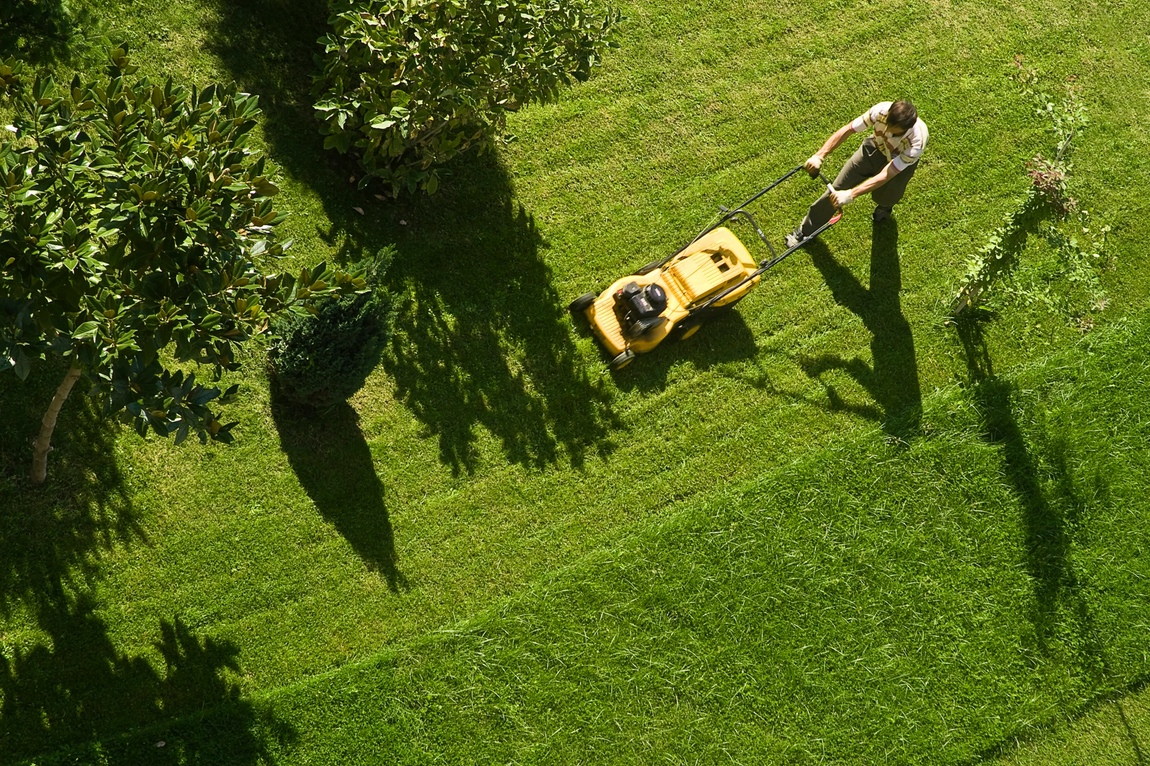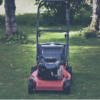Summer can be tough on our lawns. Follow these tips to give your lawn every chance possible to survive through the heat!
Water
How Much?
Whether you have an in-ground irrigation system or an above-ground sprinkler attached to a hose, you can achieve the same results. As a general rule, our cool-season lawns need about 1-1.5 inches of water a week. How do you measure this? The best and easiest way is to set out some small tuna cans or trays and see how much they fill up over the course of 30-45 minutes.
During the hot summer months, when rain is slow and the heat is reaching the 90’s, it won’t hurt to bump up to 2 inches of water a week. The key is to watch the weather and water accordingly. If a storm is coming that will bring a half-inch of rain, there is no need to water that day. You want to water about 3 out of 7 days a week. Divide up the amount of water you need to put down over those three days. Such as a Monday, Wednesday, Friday, or Tuesday, Thursday, Saturday. Take those days and divide your total by 3. That’s how much you should water each day. A good rule of thumb is to water just over 1/3 inch of water for those three days of your choosing.
A fun test you can perform on your lawn to make sure your lawn is well irrigated is to push a screwdriver into the ground. If your lawn is properly watered, you should be able to push the screwdriver into the dirt with very little effort.
When?
The timing of watering is just as important as how much water to apply. The best time to water your lawn is in the morning hours. We can’t all get up crazy early in the morning nor do we have the motivation to do so. But the best time would be between 5-7 am. This works best if you have a timer to do this for you. However you are able to achieve it, it is best to water in the morning because you beat the heat of the day, and your lawn has a chance to dry out. If you water late in the evening, you allow that water to sit on your lawn into the night hours which isn’t healthy for the soil or grass and can lead to fungus issues.
Mowing
The way you mow your lawn is also very important in the Summer months. Your lawn can become stressed and very intolerant during hot days. It’s always a safe practice to mow your lawn at higher heights in the Summer. The recommended length is a minimum of 3.5 inches, 4 inches if you are able. This helps the grass withstand summer drought stress. The best time to mow your lawn is in the morning or evening. Mowing your lawn in the hottest part of the day exposes new leaf blades to the scorching sun, and can burn your lawn. When your lawn is drying out in the Summertime and wants to get crispy, it’s always best to stay off it when you can and mow less than you would in the Spring and Fall.
In the end, it is important to remember that your lawn is a living organism. It needs to be taken care of. Often it takes time to get your lawn to look amazing. Most of the time, it takes several seasons for your lawn to start yielding rewarding results. Don’t be discouraged if your lawn doesn’t look incredible in a month’s time. It needs the proper amount of food and water to thrive. If you care for your lawn, it will reward you for it. If it is neglected or stressed, you risk tire burn tracks from mowers and spreader machines, weed infestations, fungus, and more. Do your best to care for it, and given time, it will produce great results.


